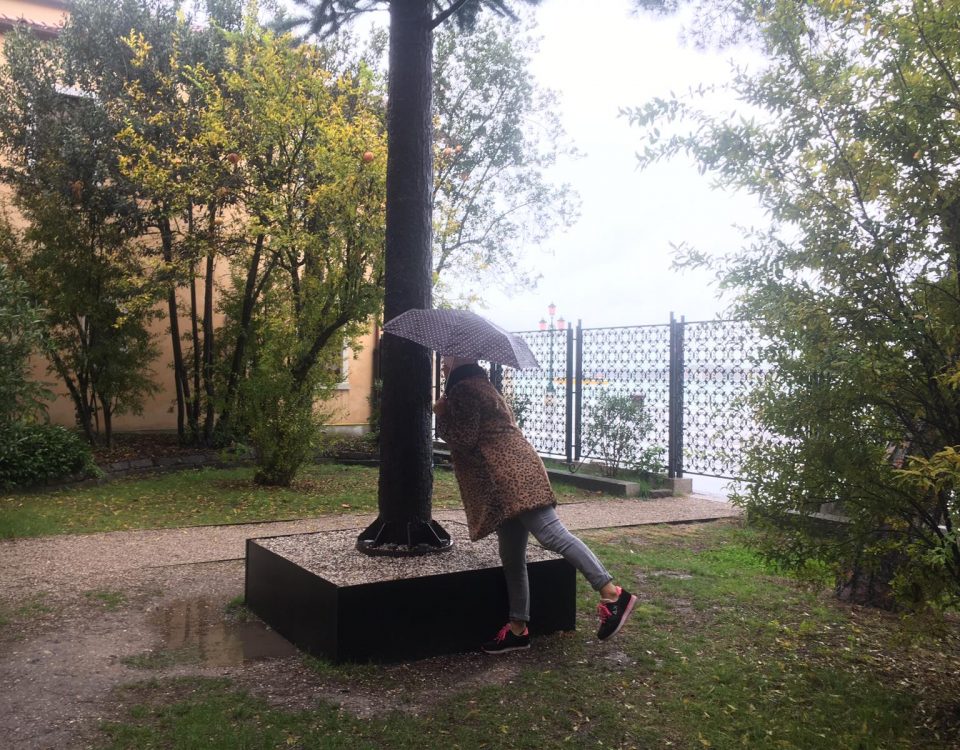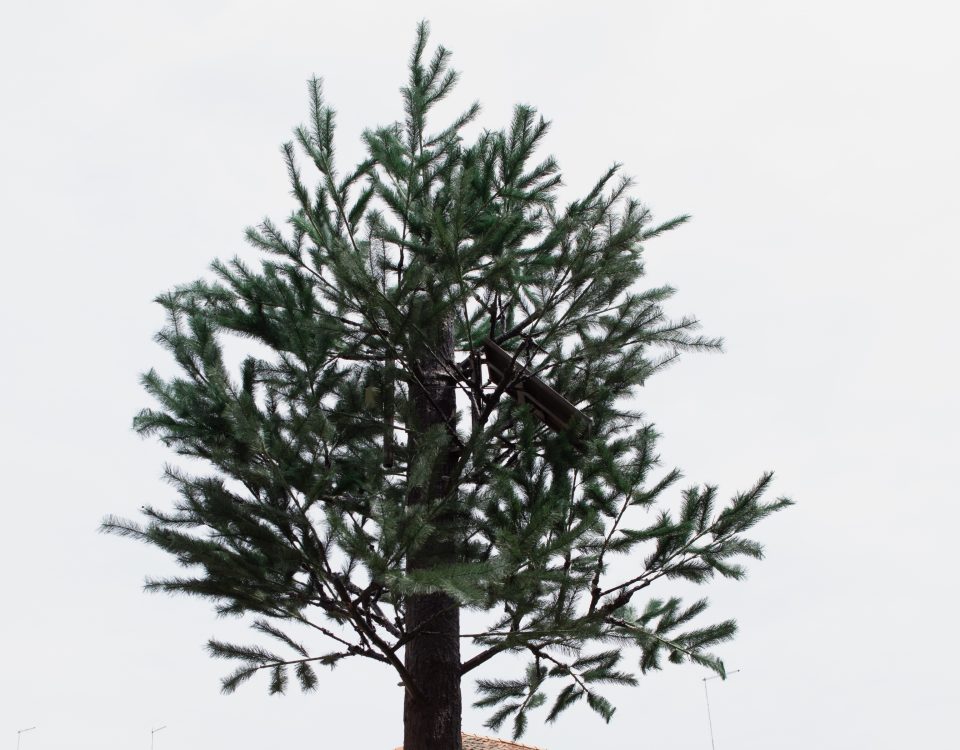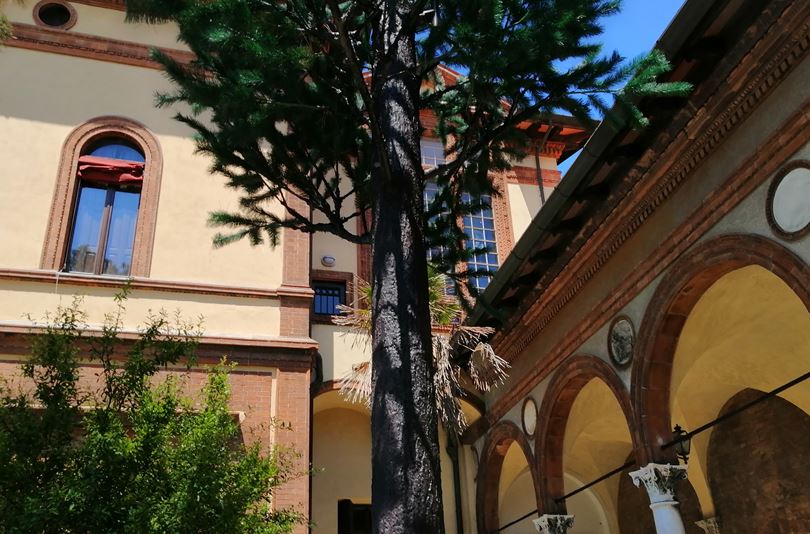
The Pavilion in Summer
August 13, 2019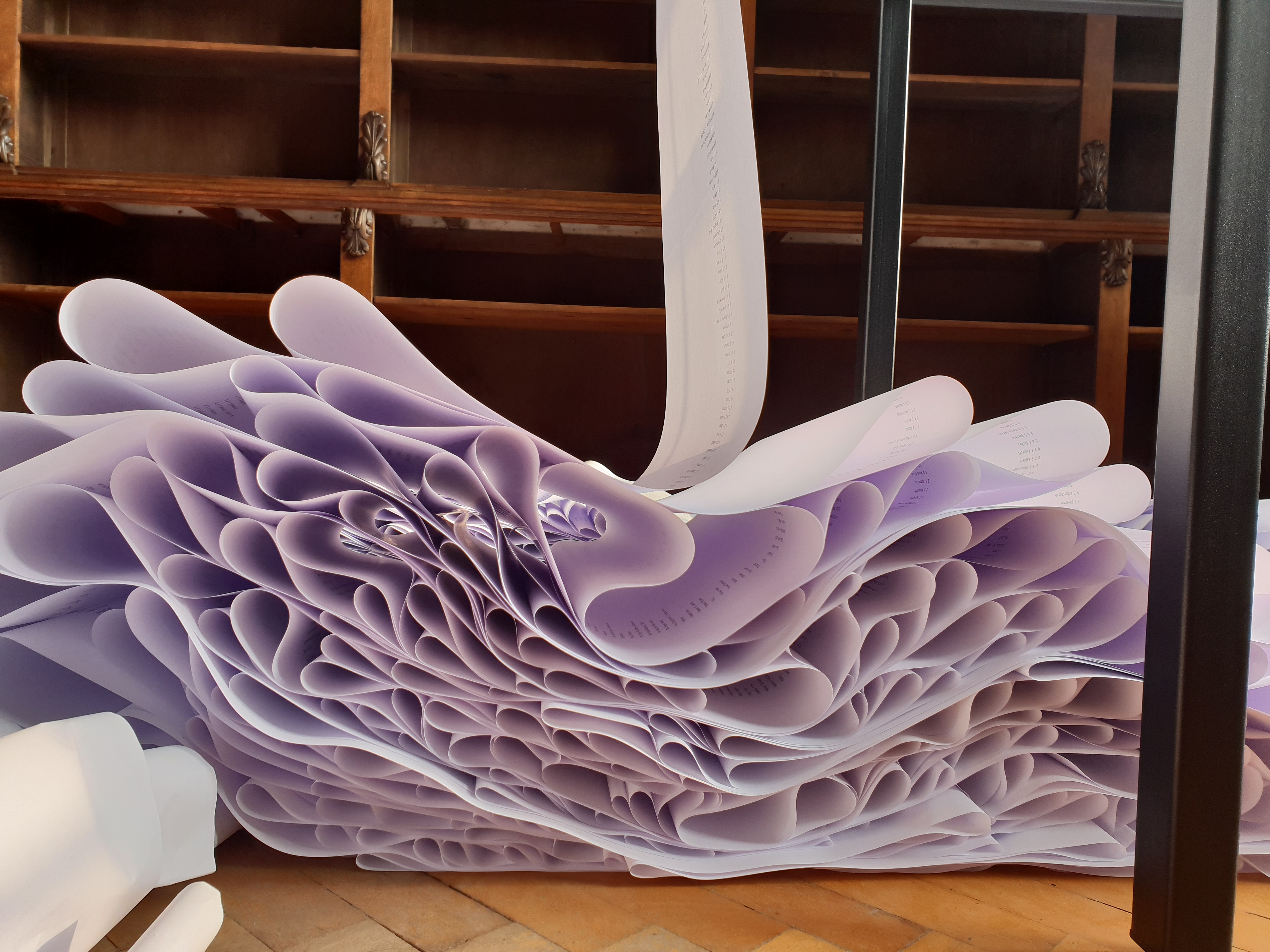
What’s it printing?
October 25, 2019Trees and Peripheries
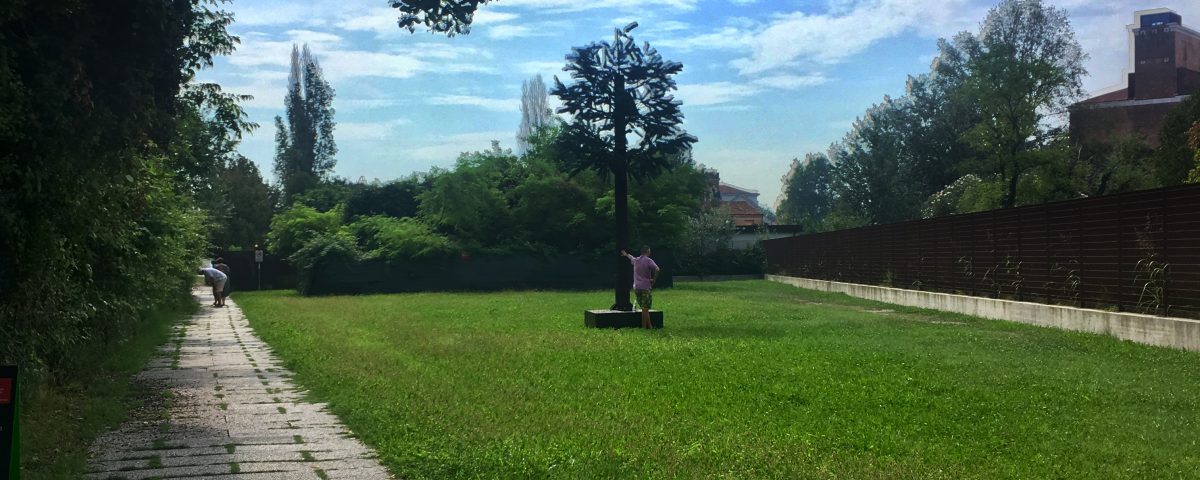
'Post hoc' North Arsenale tree site
Moya Lawson, the fourth Attendant for the New Zealand pavilion, reflects on her time in Venice showing visitors through Post hoc at the Biennale Arte 2019.
Venice is a Biennale city. The term ‘biennial’ is somewhat misleading given that Biennales for Architecture, Theatre, Dance and Music run alternatively or at the same time. It seems the lull is short and cold, over the winter.
Working as an attendant, you meet people from all over the world who are not only working for the Biennale(s), but connected with the many spaces and institutions that are sprinkled across the city. These and the Biennale events give access to old, creaking, dusty and beautiful apartments and Palazzos, including the Palazzina Canonica where Post hoc is staged.
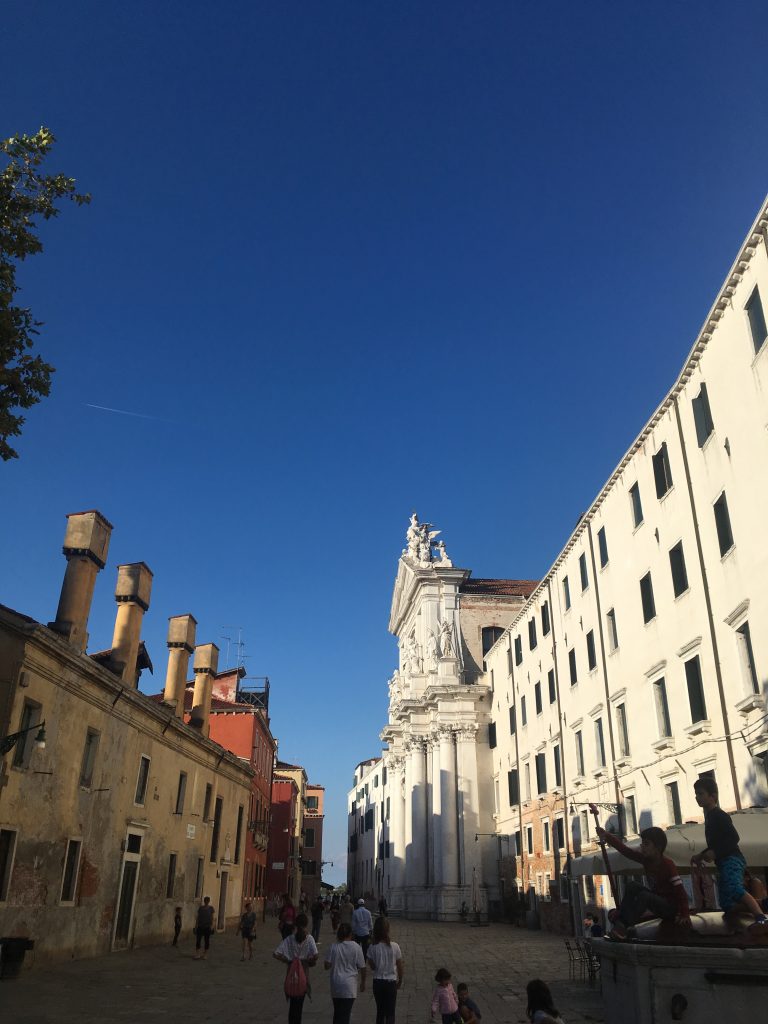
Venice City street view
Part of the experience is the search for these open doors among the warren of streets and people. History plays a part in the pageant as much as the contemporary art that sits within it – a dynamic that briefly suspends time. This all intertwines with Venice’s incredible tourism industry, its streets drummed by the feet of thousands fulfilling their visit to the floating city.
Venture a few blocks beyond the crowds, however, and you find yourself in a quiet plaza, the facade of a church towering and bleached against the sky. The claustrophobia lifts.
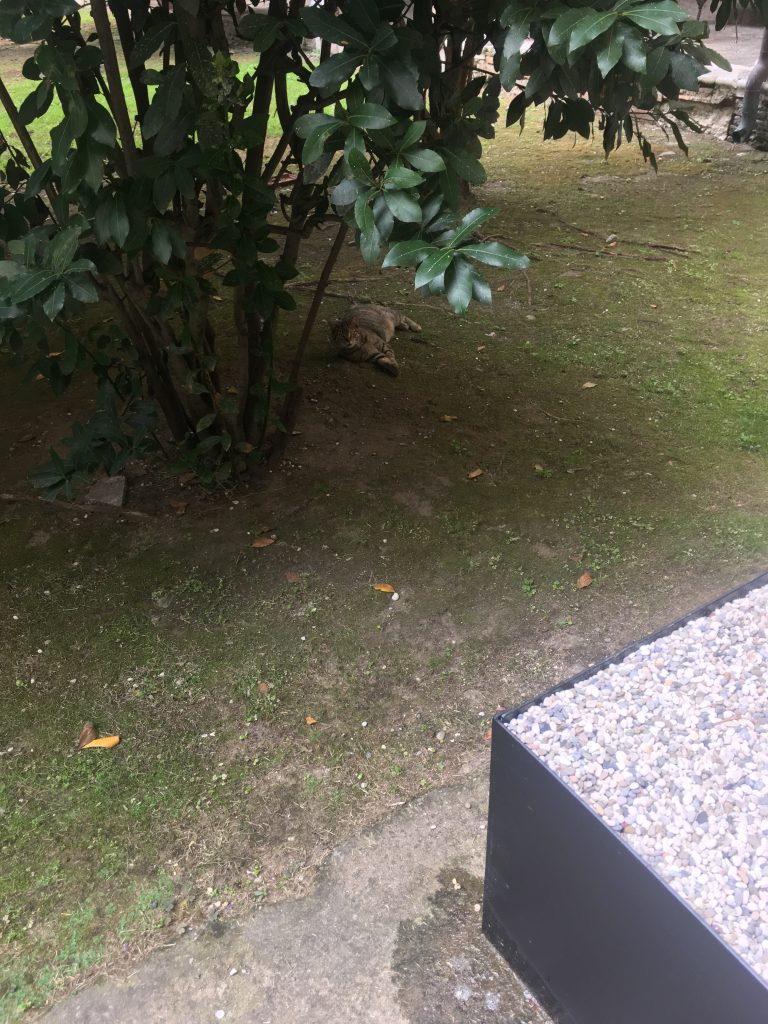
Cat lounging at Ospedale tree site
Dane Mitchell’s cell tower trees occupy such peripheries, at moments, blending seemlessly into their surrounds. In the Ospedale, nonnas and their grandchildren play and cuddle around the courtyard, unaware of the tree, while a startling number of cats lounge at its base. Dogs get a moment of leg stretching on the lawn at the Arsenale. The tree in Sant’Elena parrots its own species that spread across the garden, while kids play basketball on the courts and old men sit at the edge of the lagoon to fish. On the University grounds, at a quiet entrance to the campus, I imagine the tree is often alone.
Aside from wondering about the art tote per capita, I ponder what it’s like for Venetians who experience such a constant influx and outflow of art and its outcrops. Silent and remarkably unobtrusive, there’s a charm to the trees’ sterile effort to blend in. As a network, they illustrate place rather than spectacle. They simply exist and emit in their quotidian spaces — spaces that bear witness to the perpetual flux of life and routine, and inevitably, loss.
Moya Lawson
Moya currently has several roles at City Gallery Wellington, including Curatorial Research Assistant and Visitor Host. She has also written and co-authored several books and papers, most recently ‘This is New Zealand (2018)’ and ‘The documentary in Saudi Female Art Practices’ (2018). In 2018 she curated City Gallery’s Suffrage 125 exhibition, Arwa Alneami: Never Never Land.
Moya graduated from Victoria University in 2017 with a Bachelor of Arts with First Class Honours.

